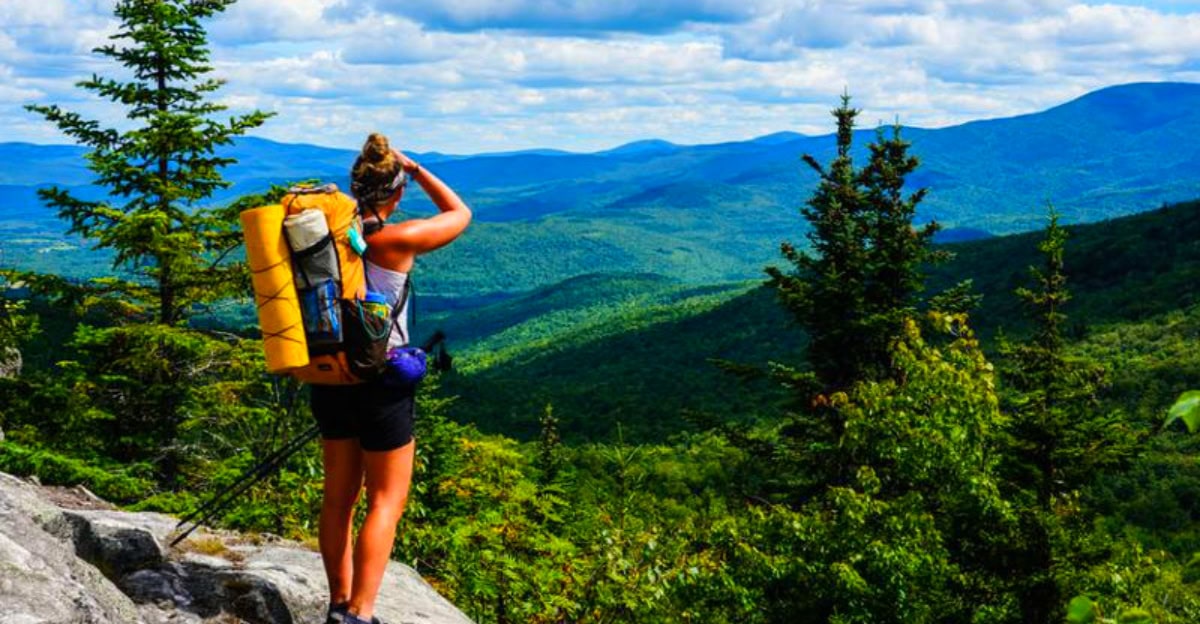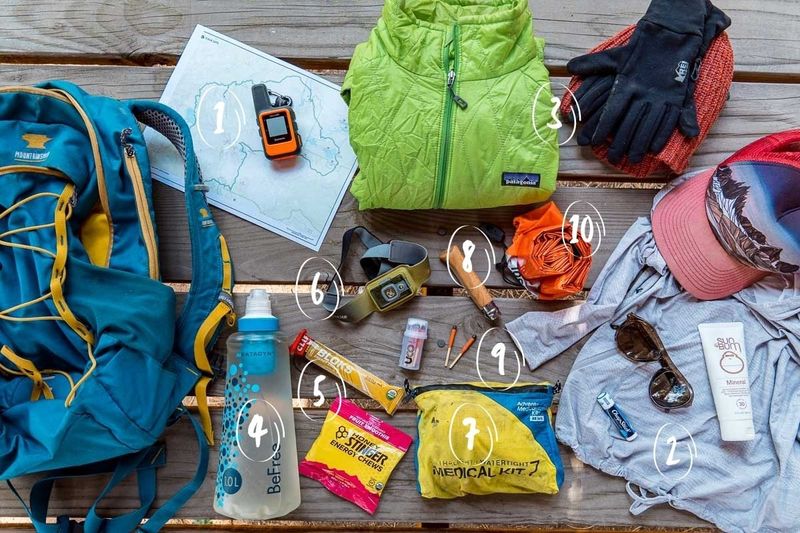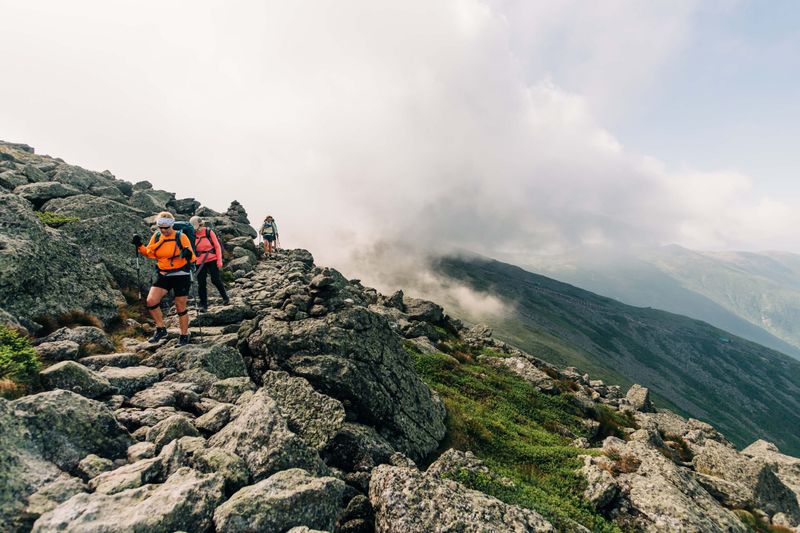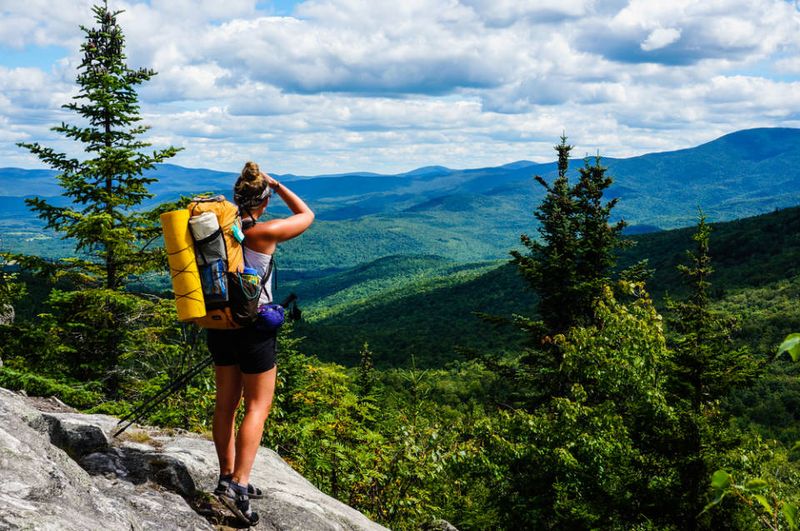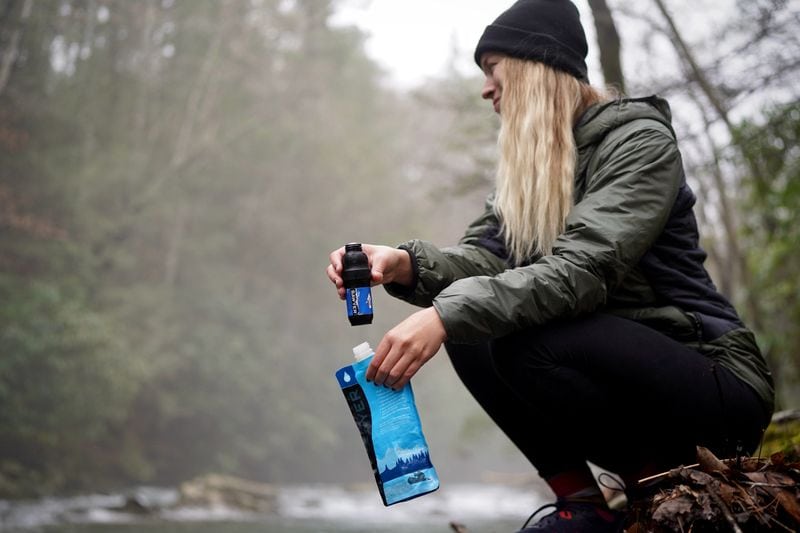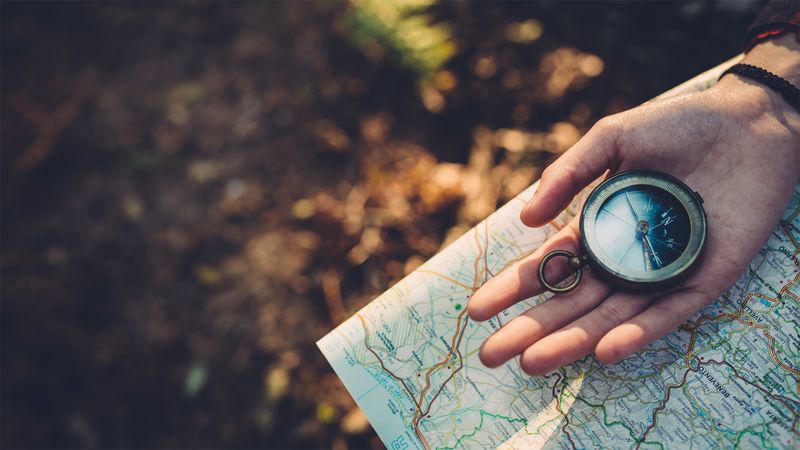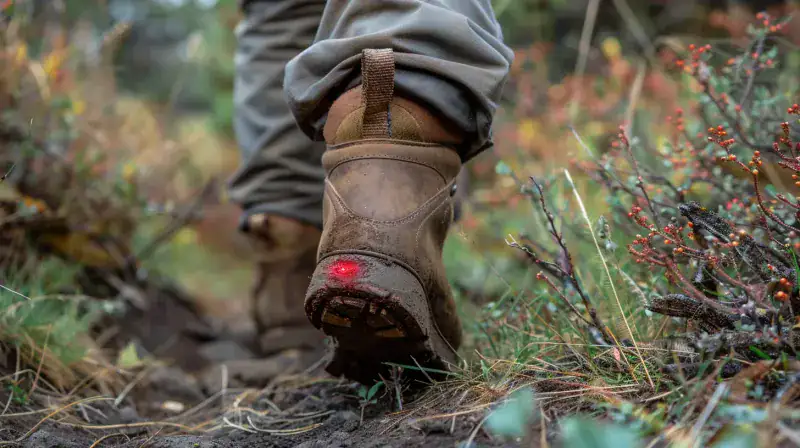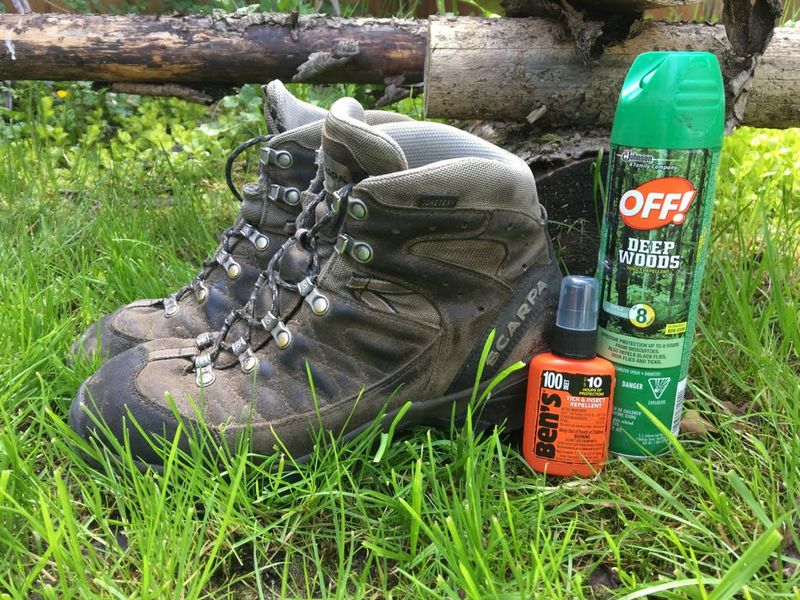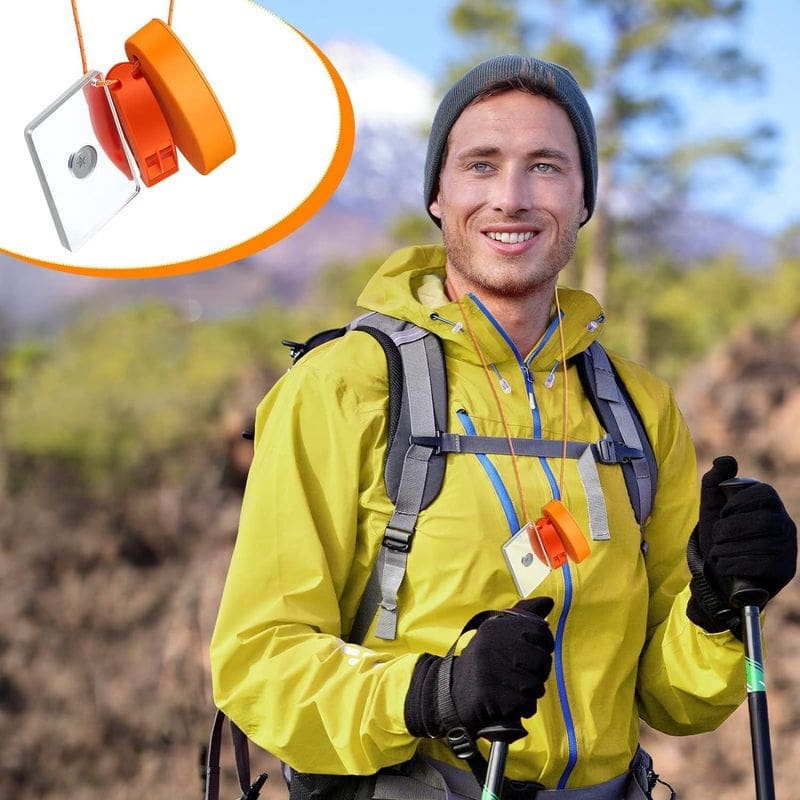Embarking on a hiking adventure can be an exhilarating experience, but it’s crucial to be prepared and informed with the right safety tips before heading into the wilderness. From preparing a detailed trip plan to understanding weather patterns, here are ten essential safety tips every hiker should follow to ensure a safe and enjoyable journey.
1. Share a trip plan with a trusted contact
Before setting off, one should always leave a trip plan with a trusted individual. This plan should detail your route, party size, estimated turn-around time, and when to call for help if needed. The National Park Service provides a handy printable Trip Plan template for this purpose. Additionally, it’s wise to verbally communicate your itinerary with a friend or family member, ensuring they know your expected return time. These precautions can be lifesaving in case of emergencies. Always remember, preparation is key to a successful and safe hiking experience.
2. Pack the Ten Essentials
The Ten Essentials list is every hiker’s lifeline. Developed by The Mountaineers, it includes navigation tools, a reliable headlamp, sun protection, a comprehensive first-aid kit, and a knife or repair kit. Additionally, pack materials for starting a fire, emergency shelter, extra food, water, and clothing. This kit ensures you’re prepared for unexpected situations. Each item serves a critical purpose, from treating blisters to navigating in low visibility. By keeping these essentials close, hikers can confidently face the unknown, knowing they have the tools to handle emergencies.
3. Check weather and make a storm plan
Weather can change rapidly, especially in mountainous regions. Before heading out, check a localized weather forecast and plan for potential storms. Carry a device that provides weather alerts, such as a NOAA Weather Radio. If you hear thunder, seek shelter immediately and avoid exposed areas like ridges or lone trees. Understanding and respecting weather patterns can prevent dangerous situations. Preparedness is paramount; knowing when to seek safety can make all the difference. By staying informed, hikers can enjoy their journey without the surprise of sudden foul weather.
4. Hydrate smart (and plan for heat)
Proper hydration is vital during hikes, especially in hot weather. A good rule of thumb is to drink about 0.5 liters of water per hour under normal conditions, increasing to 1 liter or more when the temperature rises or the trail is challenging. Hiking during cooler parts of the day and taking breaks in shaded areas helps manage heat. Balancing food intake with fluid consumption is also crucial. By planning ahead and understanding your body’s needs, you can prevent dehydration and heat-related illnesses, ensuring a comfortable hike.
5. Treat water if you don’t know it’s safe
Never assume natural water sources are safe to drink. The CDC advises boiling water to kill pathogens if you’re unsure of its safety. If boiling isn’t possible, use a filter followed by chemical treatment to reduce contaminants. It’s essential to follow the instructions for any water purification device or chemical to ensure effectiveness. Carrying a portable water filter is a wise choice for any hiker. This precaution not only protects your health but also enhances your outdoor experience by providing clean, safe drinking water whenever you need it.
6. Respect wildlife distance rules
Observing wildlife can be one of the most rewarding parts of hiking, but it’s essential to maintain a safe distance. Many parks require staying at least 25 yards from most wildlife and 100 yards from predators like bears and wolves. If an animal alters its behavior because of your proximity, you’re too close. Backing away calmly and quietly is the best course of action. These rules are in place to protect both hikers and animals. Respecting these boundaries ensures a safe and harmonious interaction with nature.
7. Have real navigation, not just a phone
Relying solely on a smartphone for navigation is risky in remote areas with poor cell coverage. Carry a paper map and compass as a backup and ensure you know how to use them. Before setting out, download offline maps through the official NPS app. This dual approach ensures you can find your way even when technology fails. Understanding traditional navigation methods not only increases confidence but also enriches the hiking experience. By blending technology with traditional tools, hikers can navigate safely through the wilderness.
8. Wear the right footwear and prevent blisters
Footwear choice is crucial for a successful hike. Most hiking injuries result from slips or twisted ankles due to inappropriate or worn footwear. Opt for shoes or boots with good grip and support. To prevent blisters, ensure your footwear fits well and wear moisture-wicking socks. If you feel a hot spot, treat it immediately with moleskin or tape. By investing in quality footwear and being mindful of foot care, hikers can enjoy their trek without discomfort or injury, exploring trails confidently and safely.
9. Guard against ticks and biting insects
Ticks and biting insects can pose significant health risks during hikes. Treating clothing and gear with 0.5% permethrin is effective against ticks, while EPA-registered repellents deter other pests. Staying on well-traveled paths minimizes exposure. After hiking, check your body thoroughly for ticks, particularly in hidden areas like behind the ears or knees. Prompt removal reduces the risk of disease. By being vigilant and prepared, hikers can protect themselves from these pesky creatures and enjoy nature without worry.
10. If you get lost or injured, don’t panic—stay put and signal
Getting lost or injured can be daunting, but staying calm is vital. The US Forest Service advises staying put, especially as night approaches. Creating visible signals and using devices to call for help, like a PLB, can assist searchers in finding you. Making yourself as visible as possible increases your chances of being located quickly. Patience and preparedness can turn a potentially dire situation into a manageable one. By keeping a level head and using available tools, you can maximize safety and increase rescue success.
